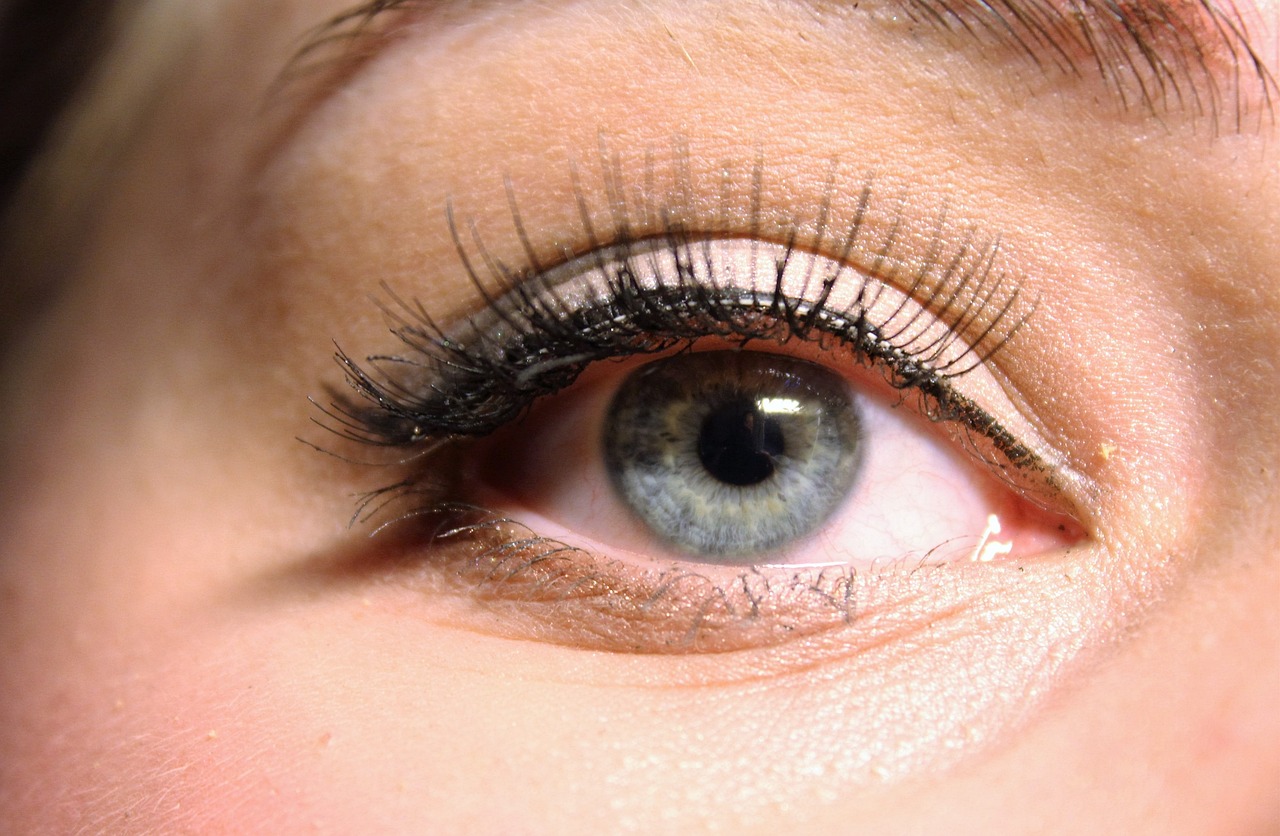Month
April 2024
Are you looking to enhance your eye color or change it altogether? One way to do so is by using colored contact lenses. Colored contact lenses are available in the UK and offer a fun way to experiment with different… Continue Reading →
Do you find yourself in a tight spot and in need of some extra cash? Look no further than easy personal loans. These loans are a great option for those who need some extra money for unexpected expenses, emergencies, or… Continue Reading →
Are you organizing an event or conference and need a knowledgeable and captivating speaker to engage and inform your audience? Look no further than a speakers bureau. A speakers bureau is a talent agency that specializes in connecting event organizers… Continue Reading →
Boca Raton is a beautiful city on the southeastern coast of Florida known for its luxurious lifestyle, upscale shopping centers, and striking beaches. The city bustles with activity and attracts visitors from all over the world. Boca Raton is also… Continue Reading →
Have you ever looked into someone’s eyes and felt an instant connection or an immediate distrust? Your instincts may be telling you more than you think. Eye contacts colors are an important tool for conveying emotions and intentions. First, let’s… Continue Reading →
Color contacts for brown eyes are a popular way to change your appearance. You can add some pizzazz to your daily look, or stand out at special events. With colored contacts, you can alter your eye color from brown to… Continue Reading →
If you love speed and power, you’re in for a treat. A new 756hp outboard engine has just been released into the market. This engine is monstrously powerful and has everyone buzzing with excitement. Outboard engines have come a long… Continue Reading →
Your vision is precious and must be taken care of by regularly visiting your eye doctor. If your doctor has suggested a colored contacts prescription, you may be wondering what it is and how to get it. Unlike regular contact… Continue Reading →
Moisture is the enemy of any structure, and your home is no exception. It can seep in through solid walls and cause gradual structural damage. This is why foundation waterproofing membrane is essential for any home. Foundation waterproofing membrane is… Continue Reading →
Have you ever wanted to change up your look, but didn’t know how? Eye color can significantly impact your appearance, and now, thanks to advancements in contact lens technology, you can change your eye color with ease. Colored contact lenses,… Continue Reading →









